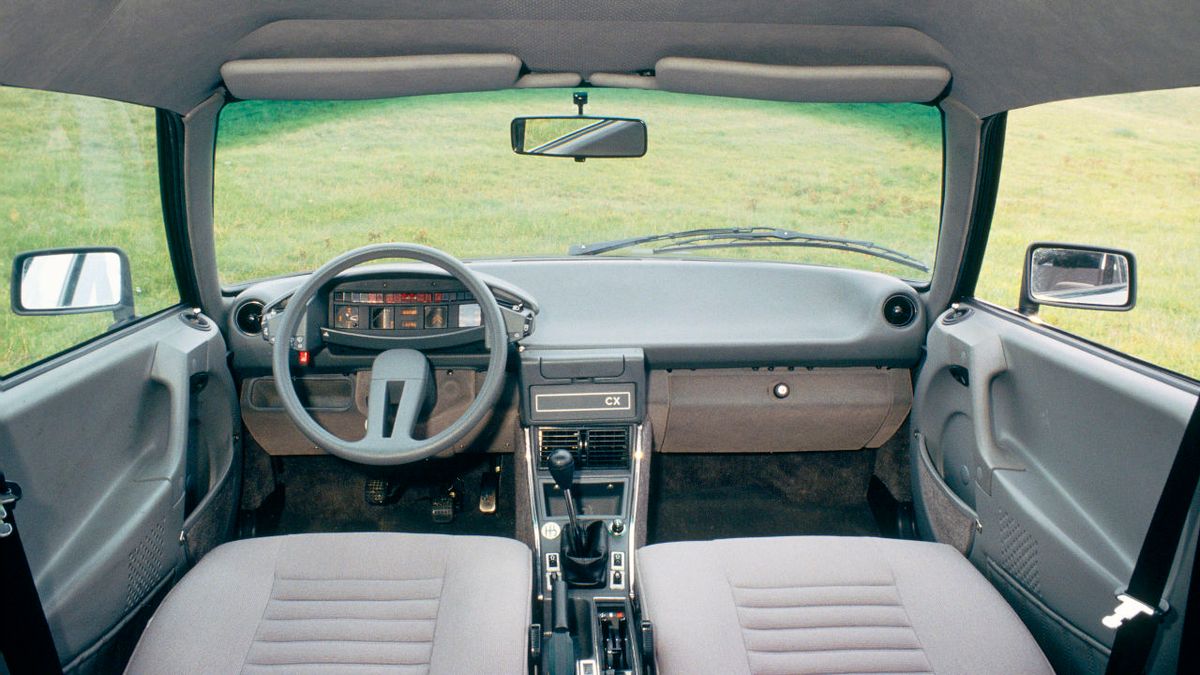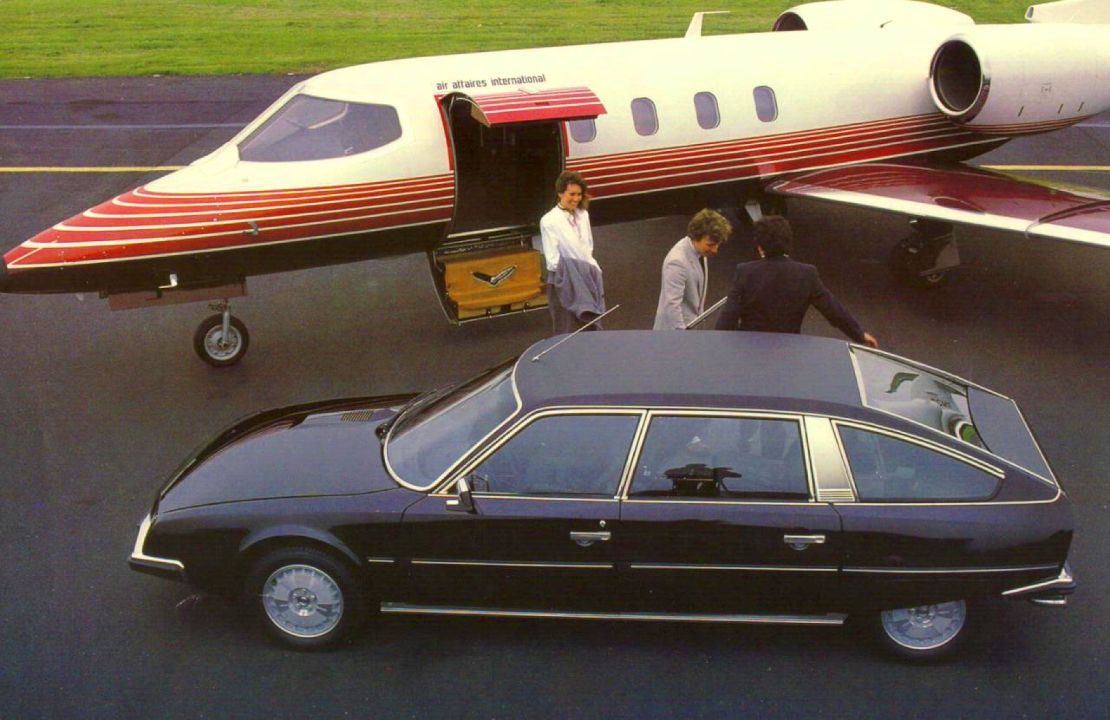
In the early 1970s, it was all about racing in France, the development of the TGV and Concorde was in full swing, and of course Citroën didn't want to be left out of the speed race either. They were forced into a bit of an emergency when the M35 and In Beirut A planetary piston engine was used, and the four-cylinder engines previously used in the large car, the successor to the DS, had to be installed, which were considered revolutionary at the time – although they tried to improve the situation with turbocharging, which was also a novelty at the time.
The drag coefficient, or Cx in French, was chosen as a name to refer to the seemingly streamlined design.
Incidentally, the actual Cw value of the Citroën CX launched in 1974 is 0.36, which, in addition to noise relief, also benefited the economy in difficult times after the oil crisis, as did the optional diesel engine.

We can thank this car for the creation of the PSA concern, as Citroën ran out of money due to the development costs and the new production plant built in Aulnay-sous-Bois for the car (and the Maserati adventure and the failure of the Commuter…) and applied for a bridging loan from the state – which they only obtained after Peugeot took control of the company. Robert Auberon, who had won awards for his design of the CX, then resigned, and others were responsible for the subsequent modifications.

For example, with the help of the body builder Heuliez, they created a station wagon body with a wheelbase extended by 25 cm, which could also be ordered with a third row of seats, and then, on this extended basis, a limousine with a slightly raised roof was built called the Prestige. There was also a workshop called Tissier, which built three-axle commercial vehicles based on the CX, most of which were used to deliver daily newspapers (there were simply no fast enough commercial vehicles at that time), but for example Michelin also used them to deliver daily newspapers. Test tires. Over the years, Erich Honecker acquired 35 Citroën CXs, and these cars were then armored or further extended at the Swedish coachbuilder Nilsson – the leader of the communist GDR did not want to hear about Mercedes or other West German cars in the state fleet.






